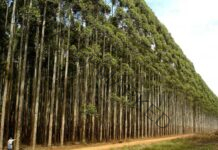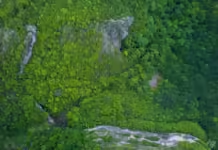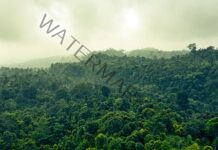Uttar Pradesh, the most populous state of the country has set a new benchmark in environmental conservation and afforestation. The state has achieved the highest compensatory afforestation in the country for the year 2024–25 through the effective use of Compensatory Afforestation Fund Management and Planning Authority (CAMPA) funds.
As per official records, Uttar Pradesh has completed afforestation on 32,933 hectares of land—about 86% of its target—using CAMPA funds. Key contributions to this achievement have come from the Shivalik Forest Division, Kashi Wildlife Division, and Varanasi Forest Division.
In addition to afforestation, several other important initiatives have been implemented under the CAMPA fund. These include the establishment of a Jatayu Breeding Centre in Maharajganj, projects for water purification and soil conservation, as well as the development of patrolling outposts and procurement of forest vehicles to aid conservation efforts.
Officials of Forest and Wildlife department shared that a total of 47,635 hectares of forest land in the state has been transferred so far, with a compensatory afforestation target set for 38,092 hectares. By March 31, 2025, the department had completed work on 32,933.97 hectares, marking the highest achievement in compensatory afforestation across India. The remaining 3,261 hectares are expected to be covered soon.
Notably, CAMPA fund is managed and used under the Compensatory Afforestation Fund Act of 2016 and 2018. Using this fund, the Forest and Wildlife Department of Uttar Pradesh set up a Jatayu Conservation and Breeding Center in September 2024 in the Campierganj Range of Maharajganj. This is the world’s first breeding center specifically for the endangered Asian vultures.
For the year 2025–26, the state has set an ambitious goal to carry out afforestation on 1,896 hectares of land. In addition to planting trees, the CAMPA fund is also being used for important environmental and wildlife projects such as watershed improvement, soil conservation, housing for frontline staff and officers, patrol posts and vehicles, high-tech nurseries, solar water pumps, forest protection, wildlife management, and setting up rescue centers. These efforts play a crucial role in preserving the environment and protecting wildlife.






























